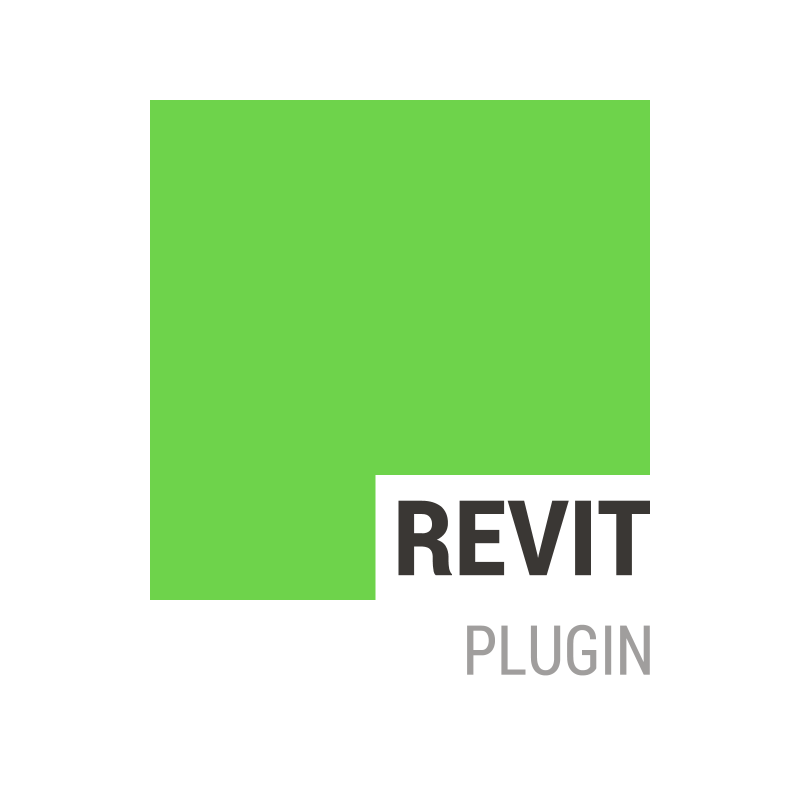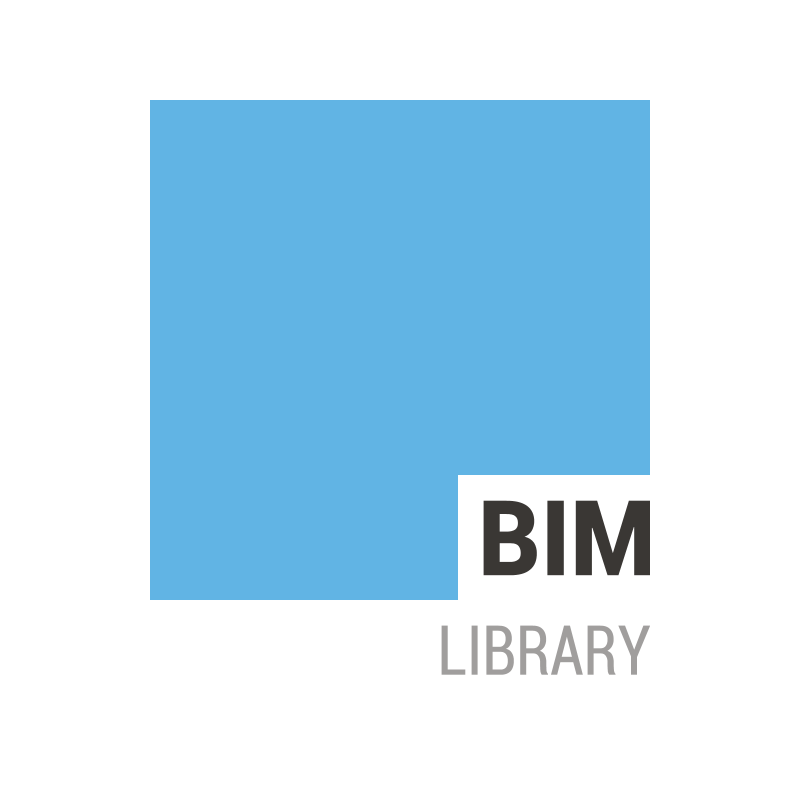
Installation
The heart of the GEWISS offer is represented by the energy connection, distribution, derivation and transport systems. A complete range of innovative products Made in Italy, designed to create plant solutions that satisfy any installation need.
Our products:

Energy
A state-of-the-art energy management and protection system. Maximum synergy and integration between modular and boxed equipment, switchboards and distribution cabinets.
Our products:

Building
Safety, comfort, energy saving, supervision and design. These are the keywords to describe the entire GEWISS system for Smart Home & Building.
Our products:

Lighting
Light quality and smart lighting systems provide the best planning solutions of Italian design, giving life to an offer that contribute to the well-being of people and the environment.

Mobility
JOINON is our turnkey solution for those who choose GEWISS sustainable mobility.

If you love SPORT,
bring it to LIGHT
Digital Sport Innovation is a platform of companies that offers a complete, turnkey offer which comprises integrated technologies and services for the renovation of all sports facilities
Our Applications:

Do you need technical or project consultancy?
GEWISS experts are available to the web community to provide free technical support. The service is at your disposal both to provide you with support in the drafting of projects, and to offer advice on already structured projects.
Our services:

BIM (Building Information Modelling): digital representation of physical and functional characteristics of an element. In the specific case of construction, BIM can be seen as modelling to optimise the design, construction and management of buildings and infrastructure.
What is
BIM?
BIM is a new collaborative design method, i.e., a system that allows the sharing and exchange of information on the components used, not only geometric but above all qualitative (performance and technical characteristics), which is useful in each of the different design phases: architectural, structural, plant engineering and energy.

How does it
work?
The BIM design is managed with the help of a computerised system that allows the entire life cycle of the work to be managed and enables a substantial reduction in time and costs. From the models shared between the professionals involved, all the necessary documents and drawings can be extracted.

Benefits of the BIM method
Costs and Timing
Reduction of costs and time, both during the design and construction phases.
Mistakes and Variations
Reduction of errors and subsequent prevention and cancellation of variants during construction thanks to 3D project management.
Standardisation
Overall increase in efficiency, productivity and project quality through standardisation of documentation.
Maintenance
Traceability of documentation, a very important aspect both during design and in the later stages of operation and maintenance.
GEWISS – BIM models and tools for electrical designers
In order to be able to design with the BIM method, it is necessary to have the models of the various components of the work (structural elements, furnishing objects, fixtures and fittings, architectural and plant components, etc.) produced according to international standards. Electrical designers therefore need BIM models of the electrical components to be included in their designs.
BIM models of products: GEWISS makes BIM models of its products available to planners. The data contained in the models are structured to take into account the specific type of each product and its installation aspects. In addition to the graphics, the models contain various information and elements that are needed in projects: technical data, images, symbols, links to data sheets, etc.
Plugin for REVIT®: Designers using REVIT software can use the plugin to directly insert BIM models of GEWISS components. In addition, the plugin makes it possible to achieve:
- Compositions with the inserts of the civil series (device, box, frame, plate) in various types of installation (flush, wall, watertight, etc.);
- Compositions of switchboards (wall and recessed) with modular devices (circuit breakers, differential, accessories, etc.).
Features of GEWISS models
Photometries
The luminaire models have their photometric curve incorporated.
Simbols
The models have a scalable symbol, visible in plan views and printable.
Installation
Box, cassettes and switchboard models can be wall-mounted or flush-mounted depending on the type.
Compositions
The compositions of the civil and switchboard series created with the plugin can be inserted directly into Revit® or downloaded.
Software useful for you

REVIT®

BIM

Are you not sure of what you need?
Let's find it together
Wishlist Management
Operation occurred correctly
Attention – an error has occurred.
File download
Access to the “My Gewiss” area is required to download this content
You can enter the Gewiss world by consulting the sites available for each country, differentiated by language, services, and catalogue offerings
Choose your country













